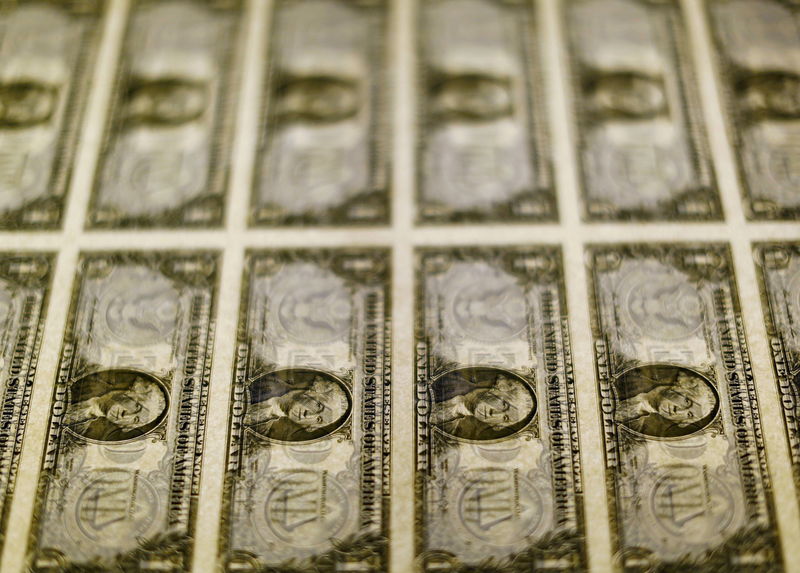
Chinese, Singapore, South Korean and Hong Kong markets were closed for the Lunar New Year holiday, while Japanese markets were closed for memorial day.
This saw most regional currencies clock limited moves, while anticipation of the U.S. inflation reading also kept traders averse to risk-heavy currencies.
The Chinese yuan fell 0.1% in offshore trade, while the Australian dollar fell 0.1%. The South Korean won also lost 0.1%.
The Indian rupee was flat before key consumer price index (CPI) inflation data due on Tuesday. The reading is expected to show inflation remaining sticky, and comes just days after the Reserve Bank of India said it will remain hawkish to keep inflation in check.
The dollar index and dollar index futures fell 0.1% each in Asian trade as traders awaited a slew of cues on U.S. interest rates this week.
CPI data for January is due on Tuesday and is expected to show some easing in inflation. But price pressures are still expected to remain relatively sticky, with the core CPI print in particular set to remain well above the Federal Reserve’s 2% annual target- a scenario that gives the Fed more impetus to keep rates higher for longer.
Beyond the inflation data, addresses from several Fed officials, including Neel Kashkari, Mary Daly and Ralph Bostic are on tap this week. Central bank officials are widely expected to further downplay bets on early interest rate cuts.
Waning bets on early monetary loosening by the Fed battered Asian currencies in recent sessions, and kept the dollar within sight of a three-month peak.
The Japanese yen moved little on Monday, but was nursing steep losses from the past week after Bank of Japan Deputy Governor Shinichi Uchida said that any scaling back of the bank’s ultra-dovish stance will be gradual.
While Uchida did flag an eventual end to the BOJ’s low interest rate regime, his comments saw traders price out any chances of rapid interest rate hikes by the BOJ. Such a scenario bodes poorly for the yen, which was battered by a growing rift between local and U.S. interest rates over the past two years.
The yen traded close to its weakest level since late-November, at 149.23 to the dollar. It is the worst-performing Asian currency so far in 2024.
To read the full article, Click Here

